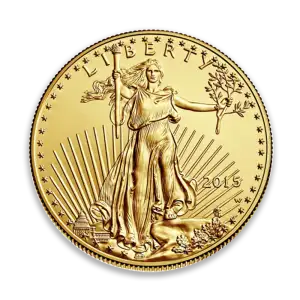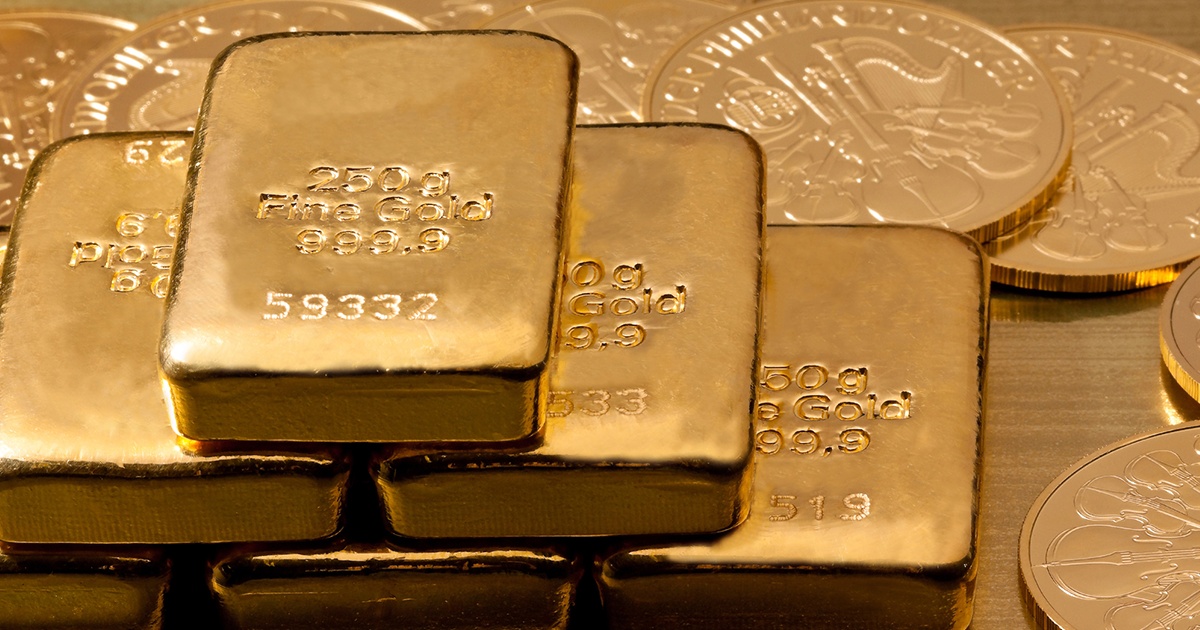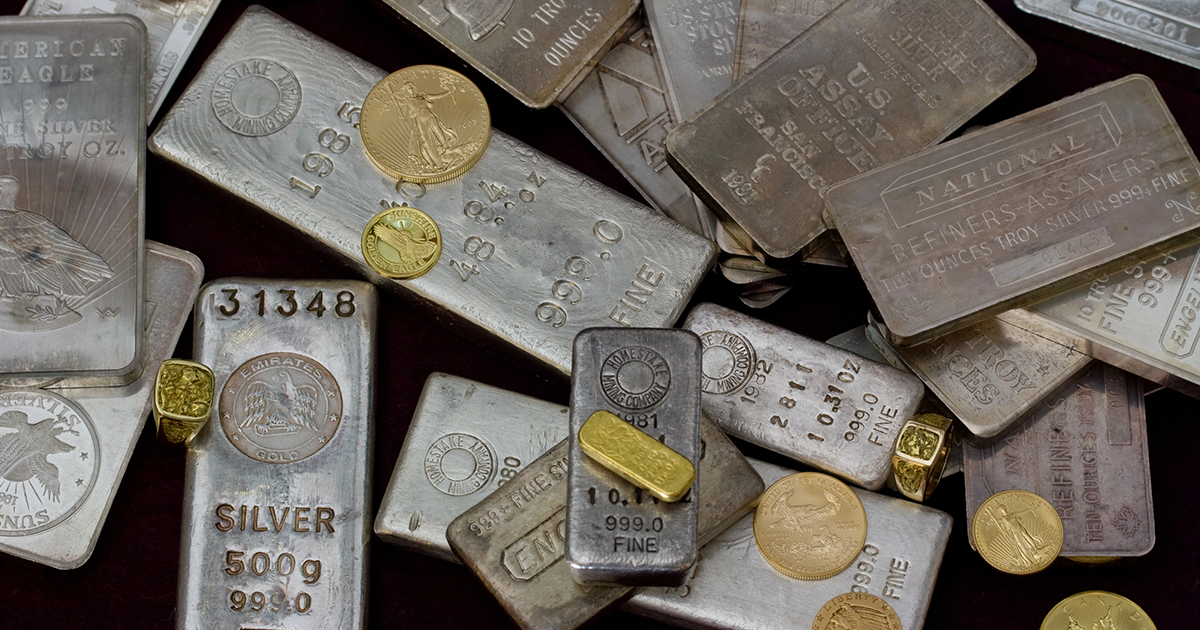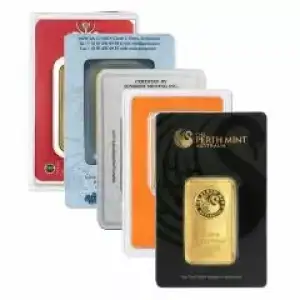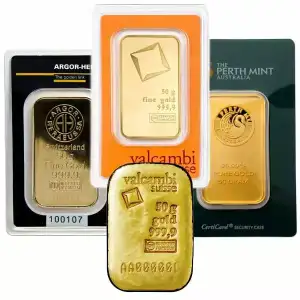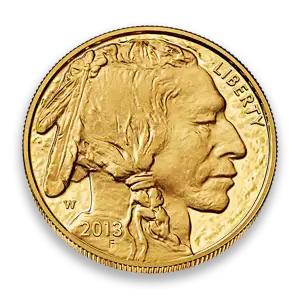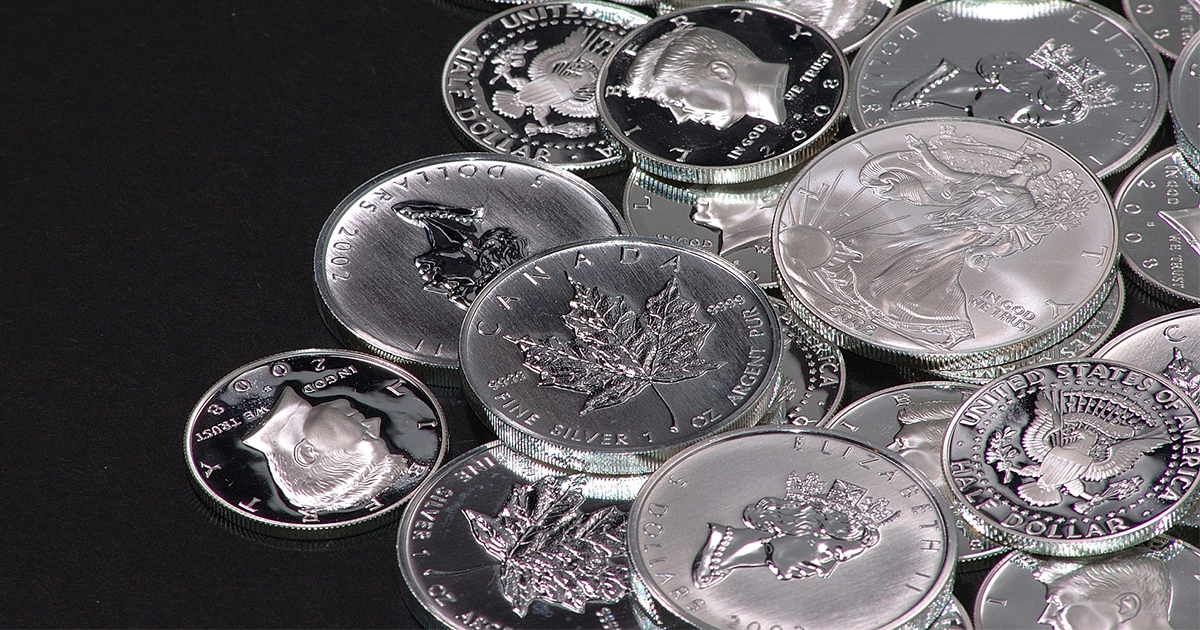
Silver has always been one of the most trusted ways to preserve wealth. While many investors focus on silver bars and modern bullion coins, there's another form of silver that continues to attract attention — junk silver.
If you've ever wondered “What is junk silver?” or considered how it fits into a silver coin investing strategy, this guide will walk you through everything you need to know. From history and value to the pros and cons of junk silver, we'll cover it all.
What is Junk Silver?
Junk silver refers to circulated U.S. coins minted before 1965 that contain 90% silver and 10% copper. These coins are also commonly referred to as 90 silver coins due to their 90% silver content. These coins have no collectible or numismatic value — they're bought and sold purely for their silver content.
Examples of junk silver coins include:
- Dimes: Mercury dimes, Roosevelt dimes (pre-1965)
- Quarters: Washington quarters (pre-1965), which are significant for their historical design and were part of the original circulating currency. After 1965, quarters transitioned to a copper-nickel composition, reducing their intrinsic value.
- Half Dollars: Franklin half dollars, Kennedy half dollars (1964 only), and the classic Walking Liberty half dollar, which features the iconic Liberty head motif.
- Silver Dollars: Peace and Morgan dollars (higher premiums, but still often considered junk silver)
These coins are also known as constitutional silver because they were part of the original circulating currency in the U.S.
The US Mint was responsible for minting these coins before 1965, using traditional minting processes that emphasized silver content and historical designs.
Why “junk”? The term doesn't mean the coins are worthless. It simply means they are not rare collectibles — their value lies in their silver weight. While these coins are not typically sought after by a collector, some may still have collector value depending on their rarity, age, or condition. A coin's value is determined primarily by its metal content, but certain coins may have additional collector value if they are especially rare or in high-grade condition.
Why Do Investors Buy Junk Silver?
Many investors prefer junk silver because it combines affordability with practicality. Junk silver serves as a practical and trusted form of fractional silver for both investors and collectors, making it valuable for bartering, investment, and preserving history. Here are the main reasons:
- Affordability – Lower premiums than modern bullion coins, with value primarily based on their metal content.
- Small Denominations – Easy to use for everyday transactions or barter.
- Recognizability – Government-issued coins that are widely trusted.
- Liquidity – Easy to buy and sell in almost any market; the silver in these coins is measured in troy ounces, the standard unit for precious metals.
- Diversification – A useful addition alongside bullion bars, rounds, and collectible coins.
Pros and Cons of Junk Silver
Pros of Junk Silver
- Low Premiums: Often cheaper per ounce than bullion coins.
- Easy to Trade: Useful for barter or small transactions.
- Trusted Source: U.S. Mint coins are widely recognized.
- Tangible History: A nostalgic link to America's silver coinage era.
Cons of Junk Silver
- Bulky Storage: More space required compared to bars.
- Worn Coins: Circulated condition means less visual appeal.
- Not Collectible: No numismatic upside.
- Verification: Beginners may find it harder to spot counterfeits.
Junk Silver vs. Bullion Coins and Bars
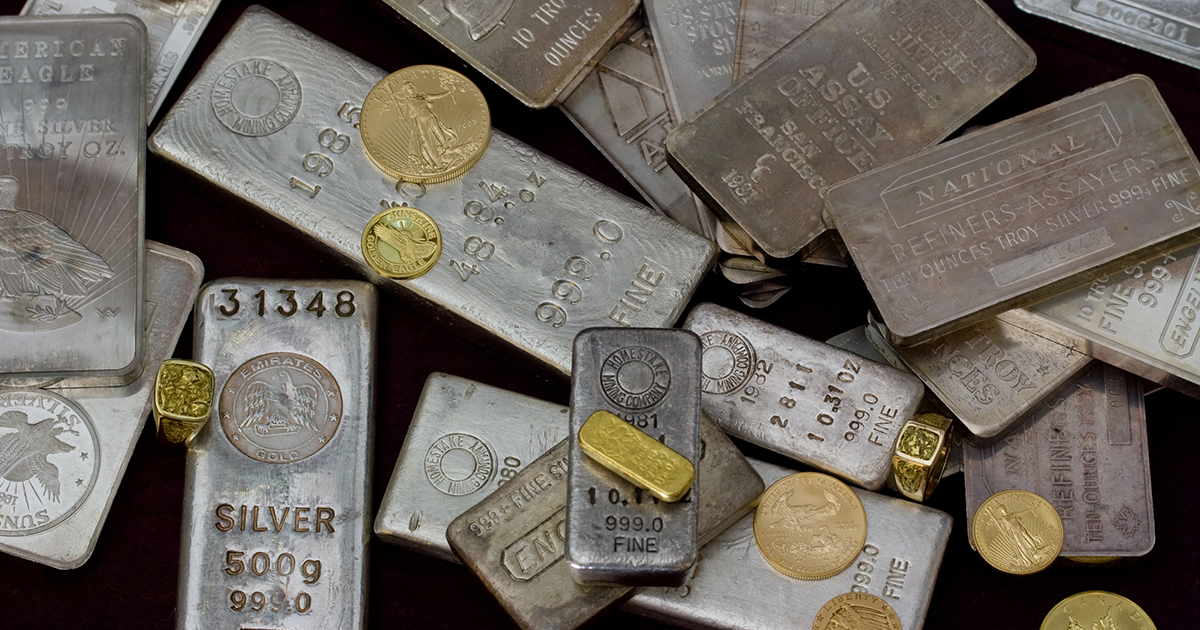
If you're considering silver coin investing, it's important to understand how junk silver compares to other silver products.
Junk Silver
- Best for small trades and affordability.
- Bought and sold in dollar-based quantities, such as $1, $5, or $10 face value, with the dollar denomination directly relating to the amount of silver contained.
- Typically has a lower premium compared to bullion coins, but premiums can fluctuate depending on market conditions.
Bullion Coins (e.g., Silver Eagles, Maple Leafs)
- Higher premiums.
- Guaranteed purity (.999 fine silver).
- Popular among investors and collectors.
- Compared to junk silver, bullion coins are often chosen by those who also invest in other metals like gold, and may be part of a diversified precious metals portfolio.
Silver Bars
- Lowest premiums per ounce.
- Ideal for large-volume investors.
- Not as convenient for small transactions.
- Investors may also consider other metals such as gold, platinum, or palladium for diversification.
Takeaway: Junk silver is great for smaller, flexible investments, often traded in specific dollar amounts. Bars are best for bulk, while bullion coins offer global recognizability and can complement investments in gold and other metals.
Silver Coins as Legal Tender
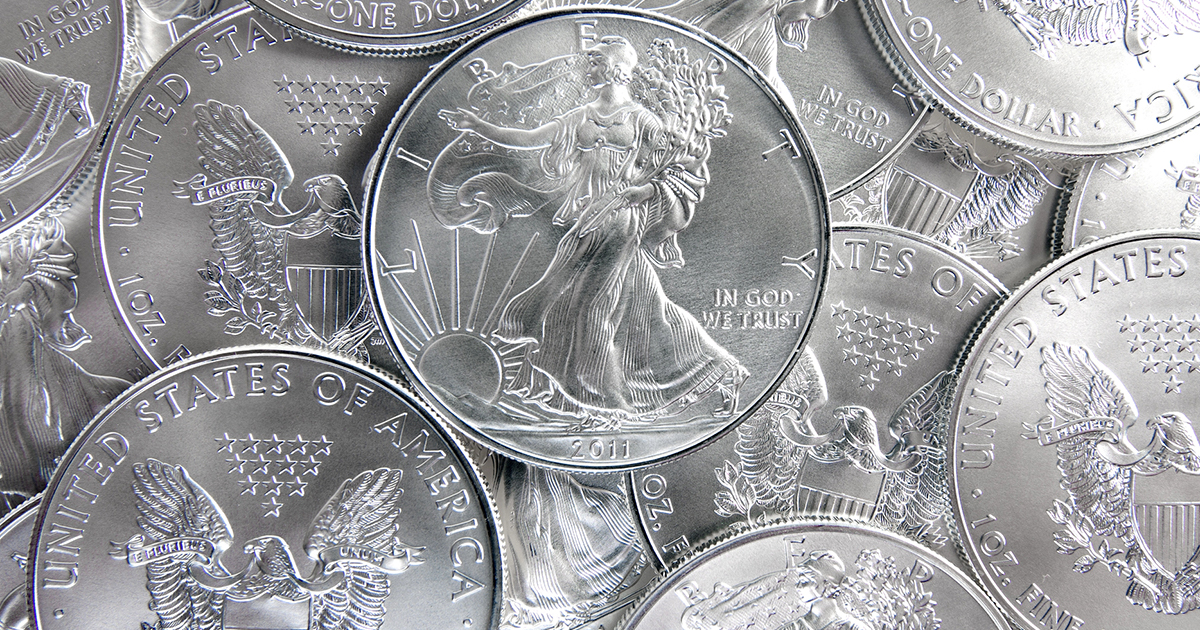
Junk silver coins hold a unique place in the world of precious metals because they are not only valuable for their silver content, but also recognized as legal tender in the United States. This means that coins like half dollars, dimes, and quarters minted before 1965 can technically be used to pay debts and make purchases at their face value, just like any other form of U.S. currency. However, the real value of these coins comes from the pure silver they contain, not their denomination.
The term junk silver refers to coins that are no longer sought after by collectors for their numismatic value, but are prized by many investors for their melt value—the worth of the silver itself. Since these coins are made of 90% silver and 10% copper, they represent a tangible form of precious metal that can be easily bought, sold, or traded. For investors, junk silver coins offer a practical way to invest in silver while also holding a piece of legal tender currency. In times of economic uncertainty, having silver coins that are both valuable and recognized as currency can provide peace of mind and flexibility.
Whether purchased individually or in bulk, junk silver coins serve as a bridge between traditional currency and precious metal investment. Their legal tender status, combined with their silver content, makes them a versatile addition to any investment strategy.
How to Buy Junk Silver Safely
To get the most out of your investment, it's important to buy wisely.
- Choose a Reputable Dealer – Work with trusted companies like The Bullion Bank.
- Understand Pricing – Junk silver is often sold by face value (e.g., $1 face value = 0.715 ounces of silver).
- Beware of Counterfeits – Stick to verified dealers; avoid random online sellers.
- Decide on Quantity – Coins are typically sold in $10, $50, $100, or $1,000 face value bags. Research and determine the appropriate amount of junk silver to buy based on your financial goals and investment strategy.
Investing Strategies for Junk Silver
When it comes to investing in junk silver coins, there are several strategies that can help you make the most of your investment in precious metals. One popular approach is to buy bulk bags of junk silver, which are typically sold by face value—such as $100, $500, or even $1,000 bags. These bags contain a mix of dimes, quarters, and half dollars, and their total silver content is calculated by weight, usually amounting to about 715 troy ounces of pure silver per $1,000 face value bag.
Another strategy is to purchase junk silver coins individually, focusing on specific types like mercury dimes or kennedy half dollars. This allows investors to build a collection over time, and gives the flexibility to sell coins for their melt value when silver prices rise. Some investors also compare junk silver to silver bars or other bullion products, which may carry lower premiums but lack the legal tender status and small denominations that make junk silver so practical in a worst case scenario.
When buying junk silver, it's important to pay attention to the spot price of silver and the premiums charged by dealers. Many investors track the silver market closely to buy silver at favorable prices and maximize their returns when selling. Junk silver coins can be a valuable addition to an investment portfolio, offering both the security of real silver and the potential for price appreciation over time. Whether you're buying for investment, collection, or as a hedge against economic uncertainty, junk silver coins offer flexibility, historical appeal, and a direct connection to the value of precious metals.
Is Junk Silver a Good Investment in 2025 and Beyond?
As the silver market continues to gain attention, junk silver remains a practical investment. Its combination of affordability, trust, and flexibility makes it a solid choice for both beginners and seasoned investors.
- Inflation Hedge: Silver has historically protected wealth during inflationary times.
- Barter Potential: Small denominations could be useful in times of crisis.
- Long-Term Value: Silver's industrial demand and limited supply suggest strong upside potential.
Conclusion
So, what is junk silver? It's a cost-effective way to own real silver, packaged in small, recognizable U.S. coins. While it may not have the shine of modern bullion, its practicality, liquidity, and historical charm make it an excellent addition to any silver portfolio.
Ready to start your silver coin investing journey? Explore our selection of junk silver coins and other silver products at The Bullion Bank.
FAQ
Q: What is junk silver worth today?
A: The value depends on the current silver spot price. For example, $1 face value of junk silver equals about 0.715 ounces of silver.
Q: Is junk silver better than bullion?
A: It depends on your goals. Junk silver is great for small trades, while bullion coins and bars are better for large investments.
Q: How much silver is in a pre-1965 dime?
A: A Roosevelt or Mercury dime contains 0.0723 troy ounces of silver.
Q: Is junk silver a good investment during inflation?
A: Yes. Many investors see junk silver as a hedge against inflation and a useful barter tool in uncertain times.

